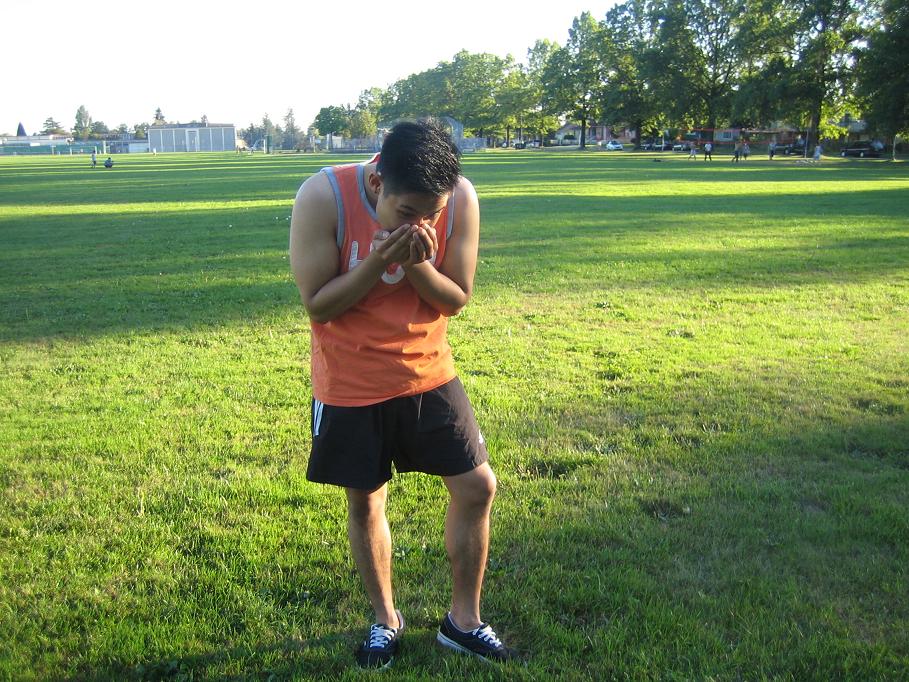MRSA or methicillin-resistant staphylococcus aureus is a strain of staph that is highly resistant to most antibiotics commonly used in managing staph infections. The staphylococcus aureus bacteria are prevalent on the skin. Since both staph and MRSA thrive on the skin, they are considered contagious. The bacteria can spread to others via contact with the skin lesions including droplets.
Close look on MRSA
The staphylococcus aureus and MRSA is present on the skin as well as the nasal passages. Individuals frequently have physical contact with one another several times throughout the day. The outcome of socialization in school or in the workplace allows the spread of staph and MRSA quickly.
Exposure to MRSA
MRSA can be easily acquired by direct exposure to the skin of an infected individual or by touching contaminated objects. If there are wounds that ooze or drain, they should be covered with a bandage to minimize the risk for spreading the disease to others.

Handwashing is considered as an effective measure to minimize the transmission of bacteria and viruses.
Inhalation
In some cases, the bacteria can enter the body via the nasal, upper and lower respiratory passages. Once an infected individual coughs or sneezes, the bacteria are distributed into the air by droplets and can travel 3-5 feet and inhaled by others.
It is recommended to cover the mouth and nose if the individual has active symptoms of the respiratory infection to minimize the amount of bacteria circulating in the air.
Children and sports
Just recently, there is focus on the cases of MRSA infections that affect the young population particularly those who take part in contact sports and other playground activities.
The skin serves as a natural shield to infection. It is important to note that both staph and MRSA thrive on the skin of healthy individuals, but they will not trigger an active infection until the integrity of the skin is damaged.
Engaging in contact sports and playground activities can increase the risk for cuts, abrasions and bruises which allows the bacteria to penetrate into the surrounding tissues. Understandably, these activities increase the potential risk for infection from MRSA. Always keep the skin clean before and after playing any form of contact sports to minimize the amount of bacteria that is introduced into the body in case the skin is broken.
Risk among healthcare workers
Always bear in mind that MRSA can spread from one patient to another via healthcare workers who were exposed to infected individuals. The ideal way to prevent the spread of MRSA at all levels of care is to observe proper hand washing and careful monitoring of the cases.

